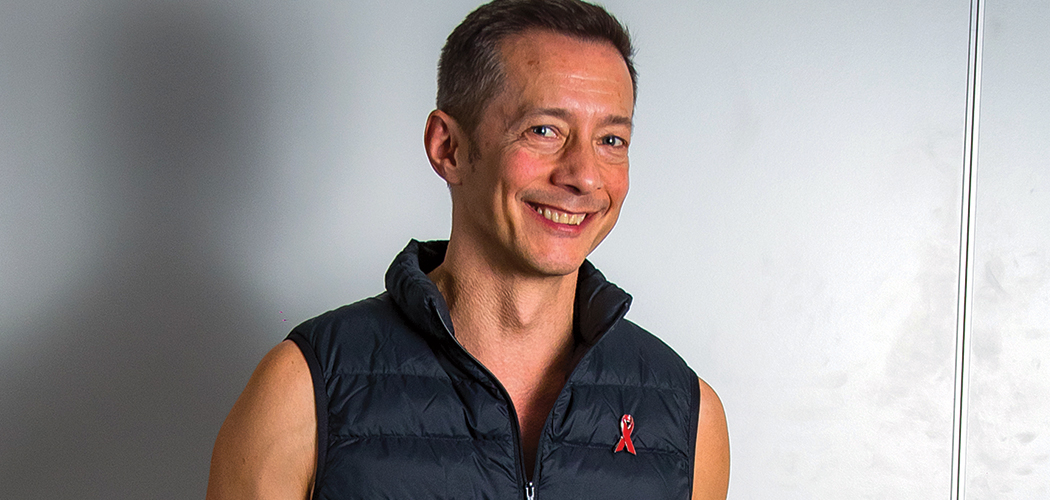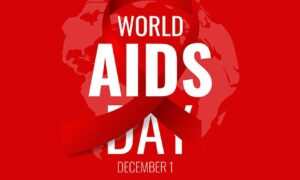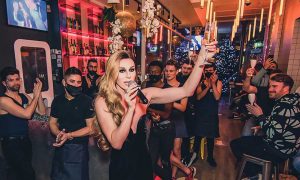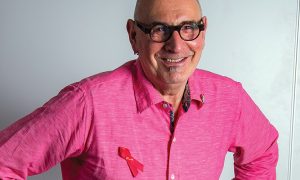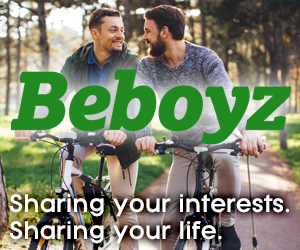Matthew Hodson is 52 and the executive director of NAM aidsmap, the charity which changes lives by sharing news and treatment information about HIV. He was previously the chief executive of GMFA, Gay Men Fighting AIDS. Matthew enjoys his gym training and sharing it – and lots of knowledge about HIV – on his Twitter account @Matthew_Hodson. He also recently appeared in The Grass Is Always Grindr.
“When people say “How did you get HIV?”, the honest answer is I don’t know. When I was younger I was with a guy who was living with HIV and we were together for about three years – and this is before there was effective treatment – so he would have had a high viral load. Although we were always really safe, we know that condoms can fail and it’s possible that I acquired HIV from him.
When that relationship ended, I was in a very dark place emotionally, and I went out, I got very drunk on a regular basis and I had sex and I wasn’t always as safe as I would have wanted to be. It wasn’t I was seeking infection, but I wasn’t looking after my health in any way.
So when people ask how I got HIV, I say well it could have been as a result of being in a long-term relationship with someone who I absolutely adored, and I was always safe, it could have been ‘the good HIV’. Or it could have been when I was bit reckless and a bit wild, and drinking too much, partying too hard – ‘the bad HIV’ – but of course, there is no good or bad HIV because I was the same person in both circumstances.
I was diagnosed with HIV in 1998. It was two years after we had effective HIV treatment and that definitely played a part in me deciding to test. I still thought that I was likely to die young, I thought that I would likely have those physical manifestations of HIV, and that I would carry them like scars and I expected to be ostracised as a result. When people talk about being diagnosed in the era of effective treatment there’s almost the presumption that it’s an easy thing. Certainly right then when we were only just into that era, it was still terrifying.
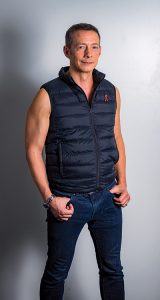
I was resistant to the idea of starting treatment partly because I was really fearful of the side effects and fearful of the physical impact it may have on me. I will absolutely put my hand up and say I’m an incredibly vain person. I like looking good and the thought of being disfigured terrified me. But I think there was also the fear of the emotional impact of being on treatment. The idea that I would have to take a pill every day for the rest of my life and I would never be able to forget that I had the virus.
People weren’t advised to go on to treatment immediately. You weren’t advised to go on to treatment until your CD4 count dipped below 200. Now we advise everyone to start treatment as soon as possible because the earlier you start treatment the better your health will be.
I thought about revealing my status for a long time before I did it. I was working at that time for Gay Men Fighting AIDS, so it was always a live issue in my mind. I felt that I could do some good if I could talk about it openly, but at that point I hadn’t told my family. That is part of the struggle of a lot of people with HIV, that they feel that they’ve let their families down. So once I had told my family, I then felt able to tell the world.
There are a few of us now, but an increasing number, who are willing to say, ‘I’m HIV positive. I’m not ashamed and I’m not afraid.’ The more of us who are willing to declare our HIV status publicly, the better we are able to challenge the ignorance and the fear that so many people still have. I came out of the viral closet because I wanted to make the world better for all people with HIV.
Since I’ve been active on Twitter one of the things which I use the account for is to counter some of those images of what it must be like to live with HIV. When people talk about HIV, still the first things that come to mind are the iceberg and the tombstone, or Tom Hanks wasting away in Philadelphia. It’s those images of sickness and death that still prevail.
I just don’t feel like I am that person. I certainly don’t feel like I’m a victim. I don’t really feel like I’m a sufferer, I just feel like I’m someone living with HIV. I’m 52 years old and I feel strong and I feel confident and I feel powerful and that’s what I want to project. I do know that not everyone with HIV feels that way and I’m not trying to create an unattainable goal for anyone – but I am saying this is how it is for me.
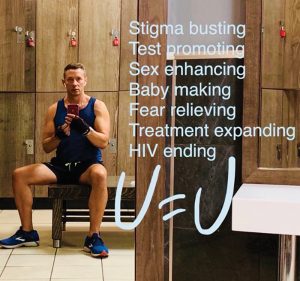
There are a few reasons why I put up my pictures at the gym. Exercise is important if you are living with HIV, particularly if you’re getting older. Exercise can help prevent some of the conditions which people living with HIV are more likely to experience including depression and anxiety, osteoporosis and Type 2 diabetes. So it’s really important to give that out as a public health message.
Then there is the ‘I’m a gay man’ and it’s not unusual for gay men to post thirst traps on Twitter. I go to the gym three times a week and I’ve got my phone on me and my phone has a nice camera and I look at the mirror and go: ‘Not bad for a 52 year old bloke’, so I take a photo and I share it. I’ve had several people say to me, I want to go back to the gym, I want to start exercising again because your pictures inspire me. Then somebody who’s been recently diagnosed who has all those images in their mind of people who are weak and frail and dying and they see an old bloke like me wearing not much clothing in the gym and looking I hope powerful and I think people benefit from that.
For me U=U [Undetectable = Untransmittable] is the central HIV message right now. There is zero risk of acquiring HIV from sex with me – condoms or no condoms – and that is incredibly powerful. We are still living in the shadow of the tombstone and I think a message like U=U chips away at that tombstone.”
Photos by Joel Ryder



